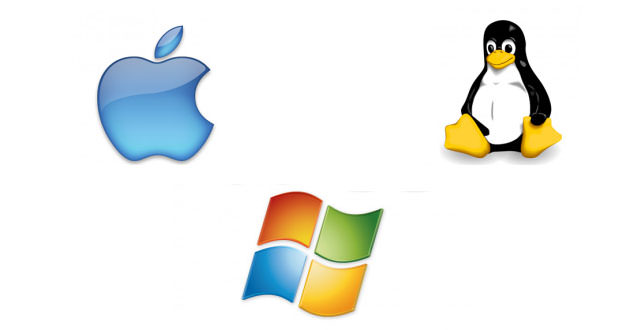How to install two operating systems on one hard disk
If you want to install two operating systems on the same HardDisk but are afraid of combining disasters, don’t worry. Unlike what you think, the operation is not very difficult and can also be carried out by those who are not IT experts.
This can be done on any computer, Mac, or PC that is. The important thing is to create partitions on the disk having adequate measures for the systems to be installed and configured. From a practical point of view, it is very convenient to have 2 operating systems, for example, Ubuntu with Dual Boot Windows 7.
Also, you can install more than 2 operating systems on a single Hard Disk. Installing many of them can lead to various PC problems, such as general slowdowns, etc. In the following guide, step by step, we will explain exactly how to install two operating systems on a hard disk. Let’s see together how to proceed.
Create a partition
The first thing to do is to back up your data. To install two operating systems, you need to change the disk partition. Although this is safe and does not necessarily result in data loss, it is best to copy all the data to an external drive before starting.
First, check that you have at least 15 GB free on the Hard Disk. To Install a second operating system, you have to create a partition. A partition is nothing more than a Part of HardDisk that functions as a disk in itself. There are many tools, but what I recommend is Mini Tool Partition Wizard, freeware with a modern and intuitive appearance.
Choose the format
All partition software is easy to use. After installing the chosen program, once started, it will perform a disk diagnosis, identifying the size of the current partition. Many of the newer PC has a small partition factory where the files for recovery are kept.
The advice is to leave it intact. In the space that is instead possible to split, an area must be created to install a new operating system.
Its minimum dimensions vary according to the version that will be loaded. Windows XP needs at least 10 GB while the subsequent ones, from Vista to 7, at least 25 GB. In any case, a partition should have 20 GB or more available for the operating system.
Set the size; you need to choose the formatting of the partition, appropriate to the program that is about to be installed. For Microsoft systems, the required file system is NTFS, while Linux EXT3 formatting is required.
Choose the system to start
Once the operations are complete and the computer is restarted, you can insert the operating system disk to be mounted. Obviously, during the setup procedure, the destination partition for the files must be the one specifically created. At the end of the procedure, all that remains is to choose which system to start.
Occasionally it happens that the boot file confuses the versions of the operating systems and lets only one of them start automatically. To deal with this problem, it is better to install a simple program, EasyBCD, which allows you to edit the boot file and choose, from time to time, with which operating system to start. By carefully observing the steps described, you will be able to install two or more systems on a single hard disk, without necessarily being experts in the field.

